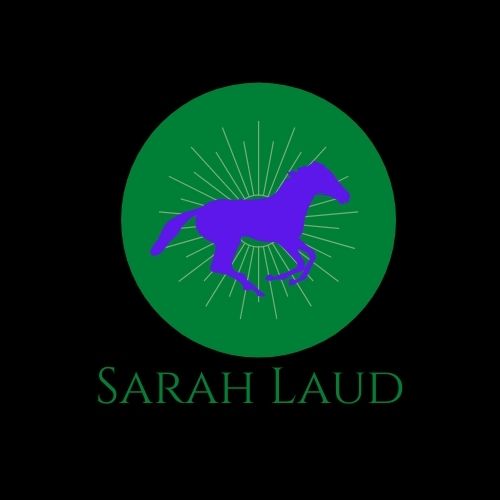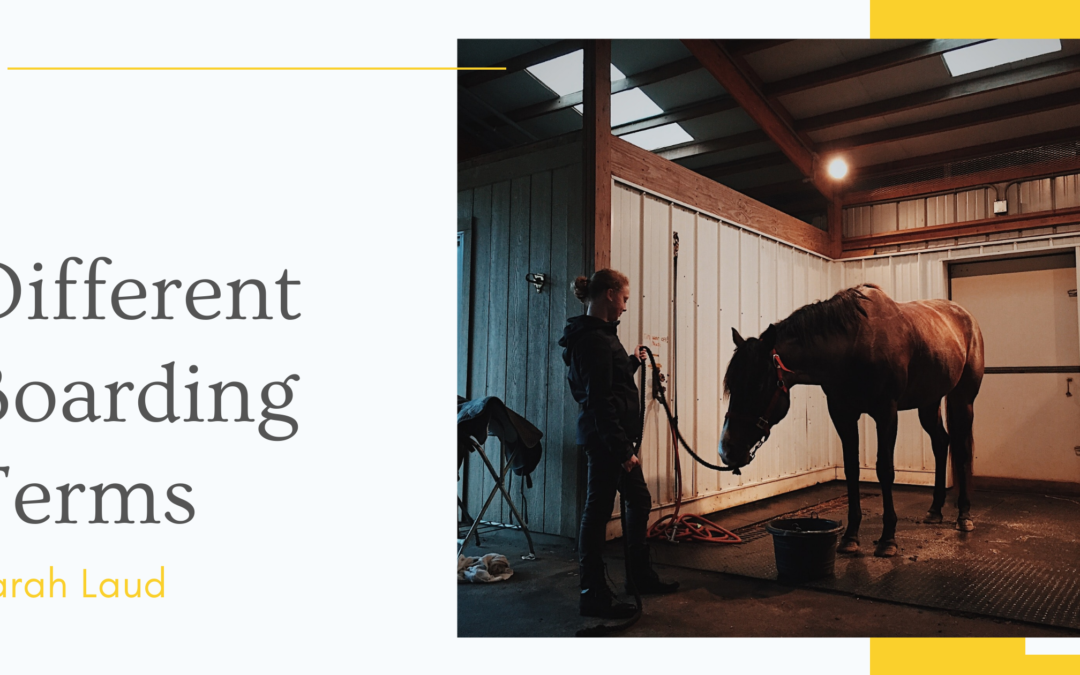For many who do not dwell in the countryside with verdant pastures, the dream of owning a horse is made possible by privately owned stables that board horses. Because these equine stables vary in size and their services, owners need to select where they will board their horses.
Here are some options:
Full Boarding
Full Boarding includes everything that a horse needs: quality feed, stall cleaning, grooming, shoeing, hoof care, and attendance to the animal’s general health. Daily turn out into pastures (except in cases of storms and cold weather) is also included. Horses naturally love to move around with others and graze, so performing such actions is necessary for them to remain healthy. The movement of horses’ feet is essential to these animals’ circulation and their hoof health. Without exercise and clean, dry ground, serious complications can develop that even an expert farrier cannot fix.
For instance, standing in manure and urine in a stall can lead to hoof problems as white line disease and thrush. Without much movement, horses can develop nervous habits such as cribbing (chewing on a stall door or other wood structures) and stall-walking (nervously pacing around the stall), not eating. Being inactive is unnatural, and this condition can cause colic or equine gastric ulcer syndrome. Also, horses are herd animals. As such, they do not like isolation; they prefer to run and graze with other horses.
Self-Care Board
Facilities are provided, but everything else is up to the owner. So, the owner feeds the horse, cleans the stall, and turns out and stalls the horse. The owner also must be present whenever a farrier or veterinarian comes out. This situation is much like having the horse on one’s property.
Part-Board
With this arrangement, the use of the horse is shared with another party. The two parties should work out the arrangements. This sharing works with people who are trustworthy and whose skills at riding are similar.
Pasture Board
For horses that are accustomed to living outdoors, this arrangement is excellent. The horse stays outside except when it needs a run-in shelter from the rain or the heat and insects. Although a dirt floor may need to be restored after months of shoveling manure and old hay, dirt is easier on horses’ feet than some materials.

